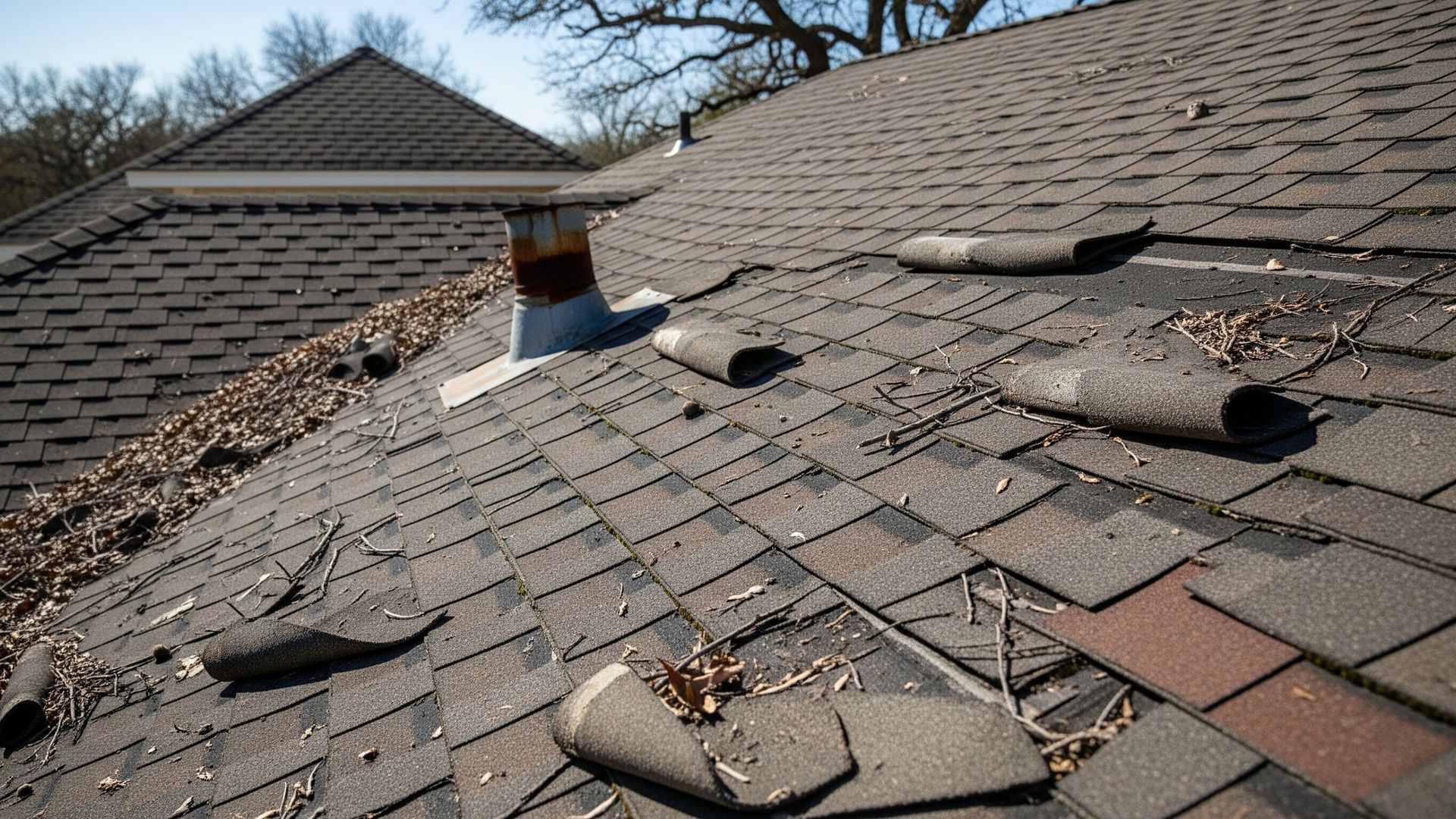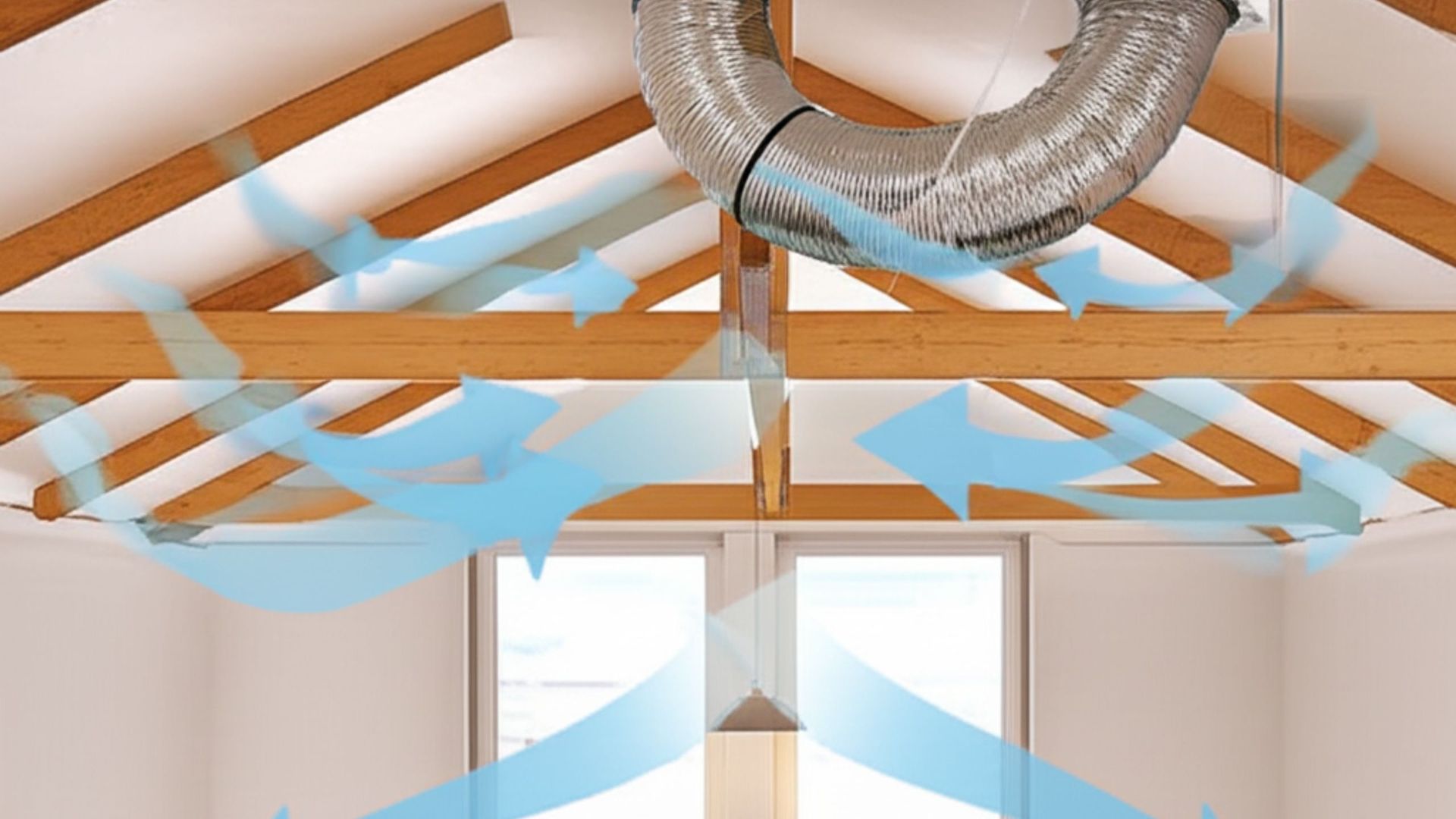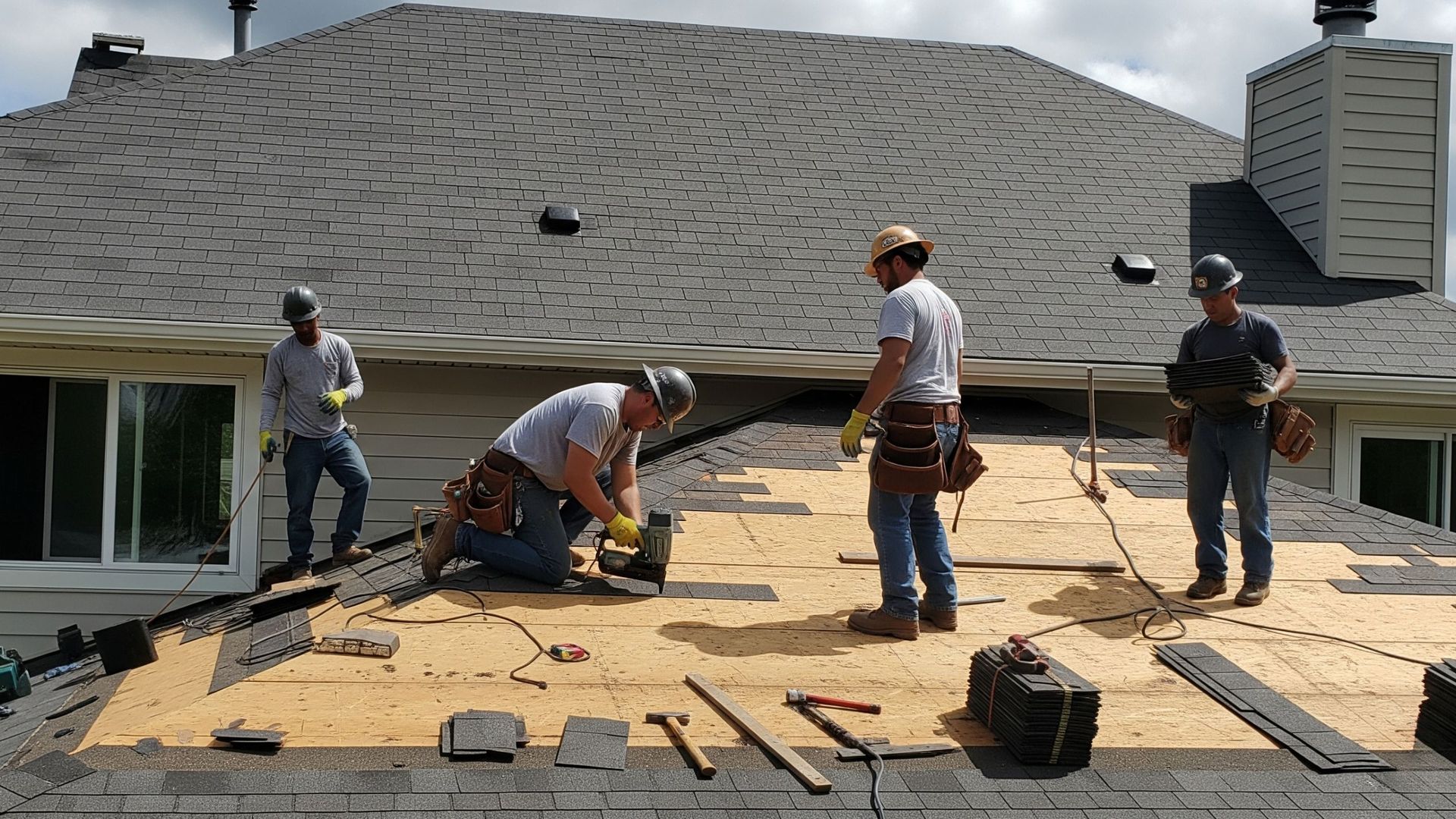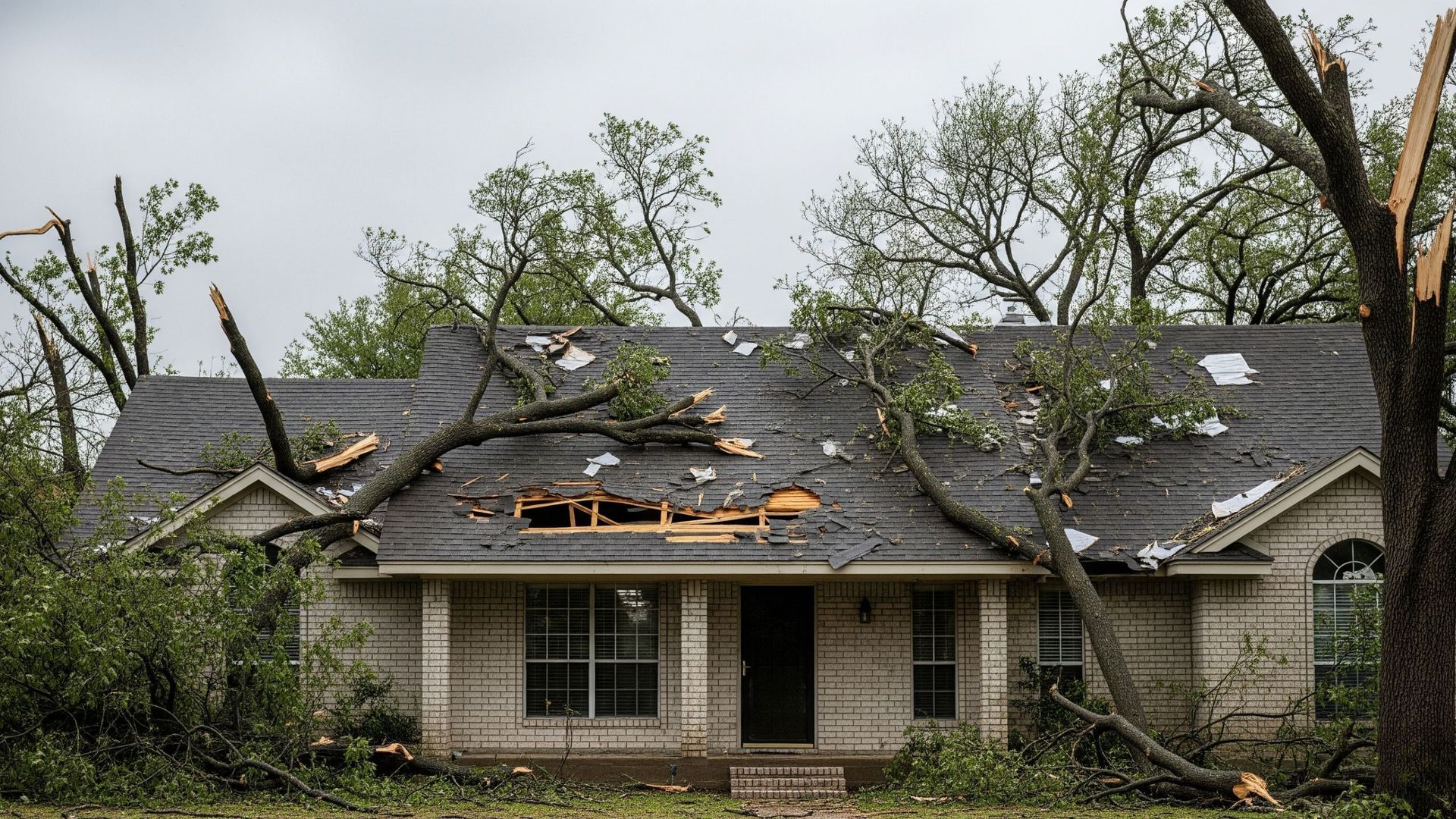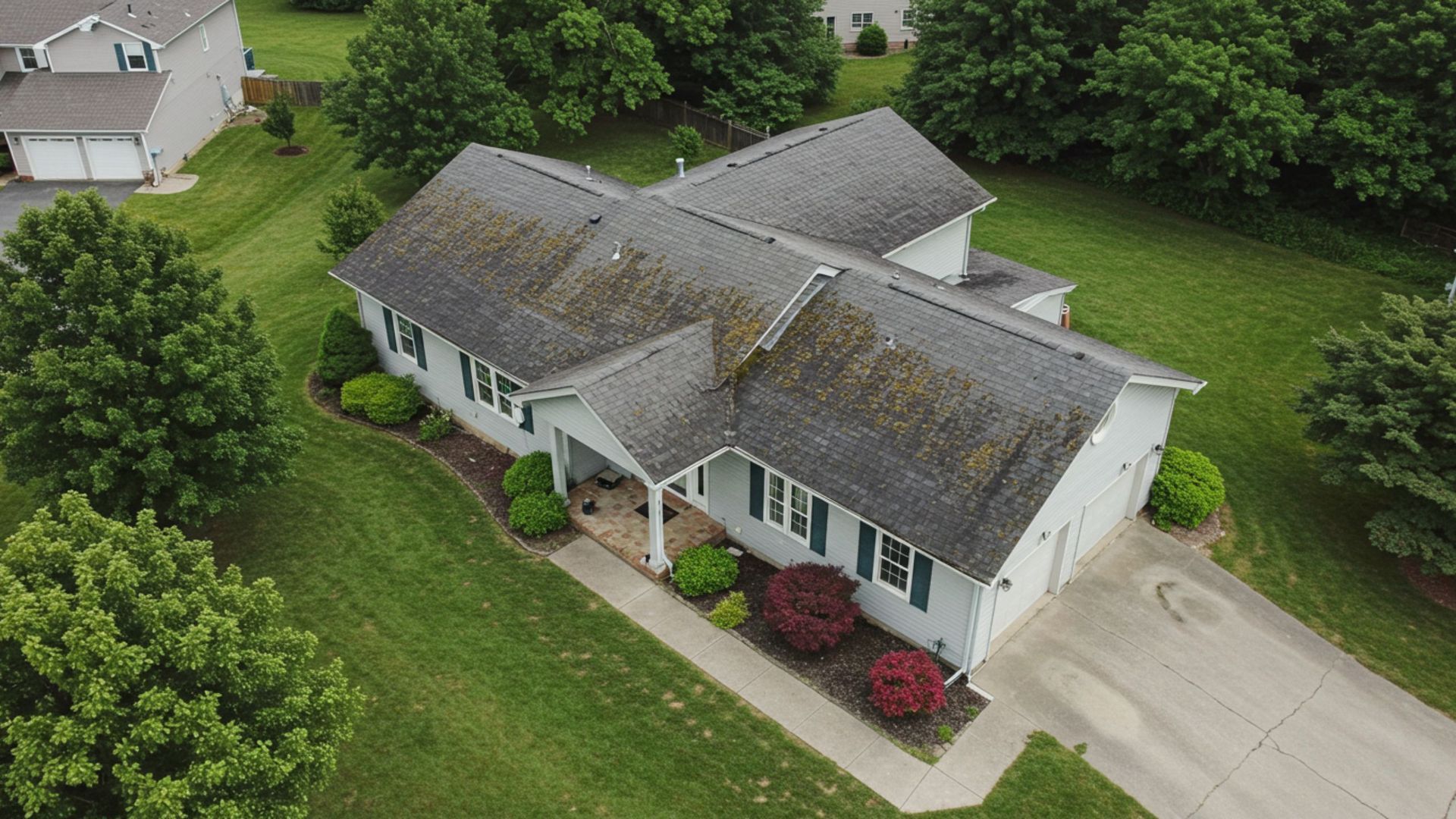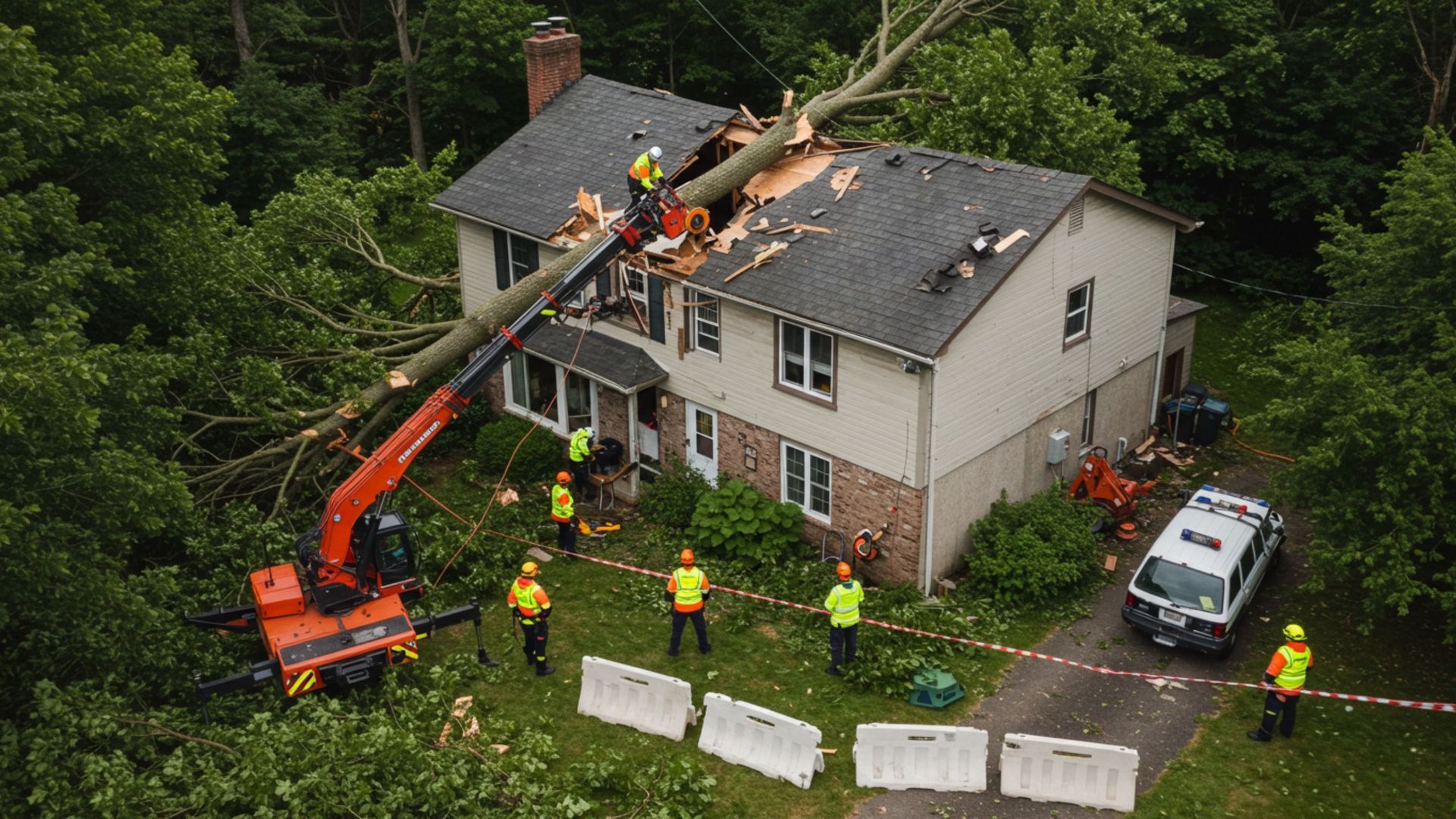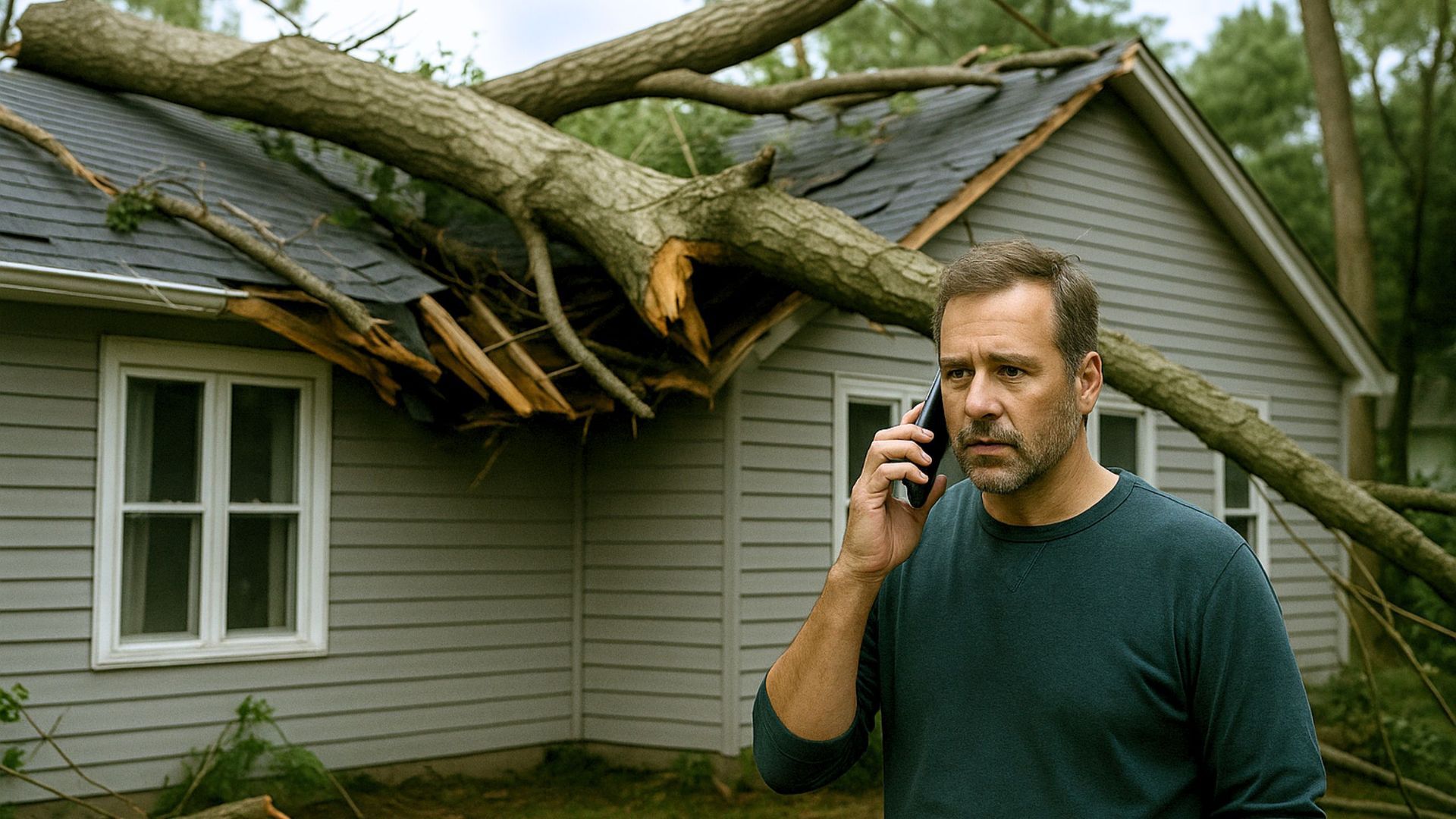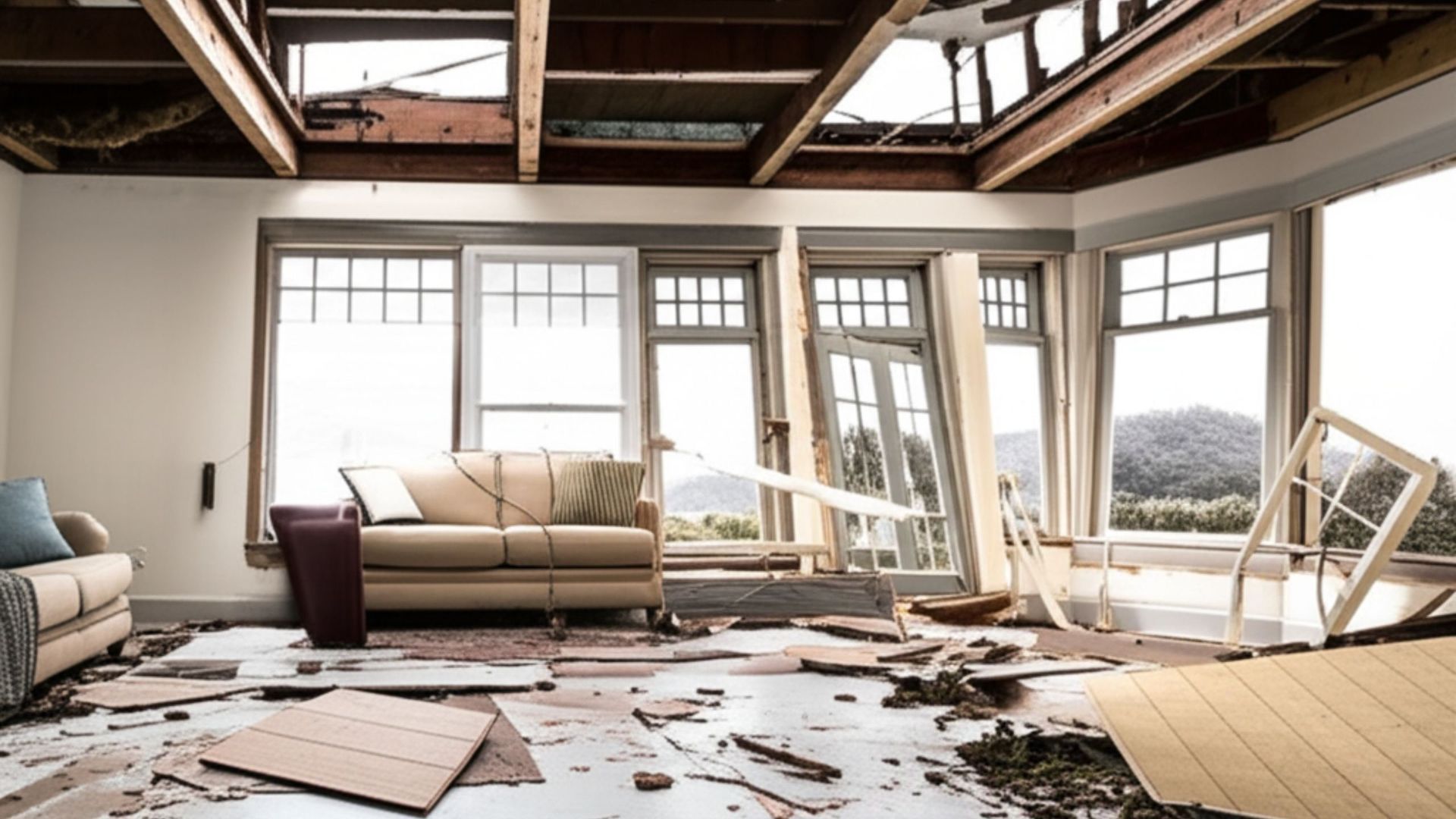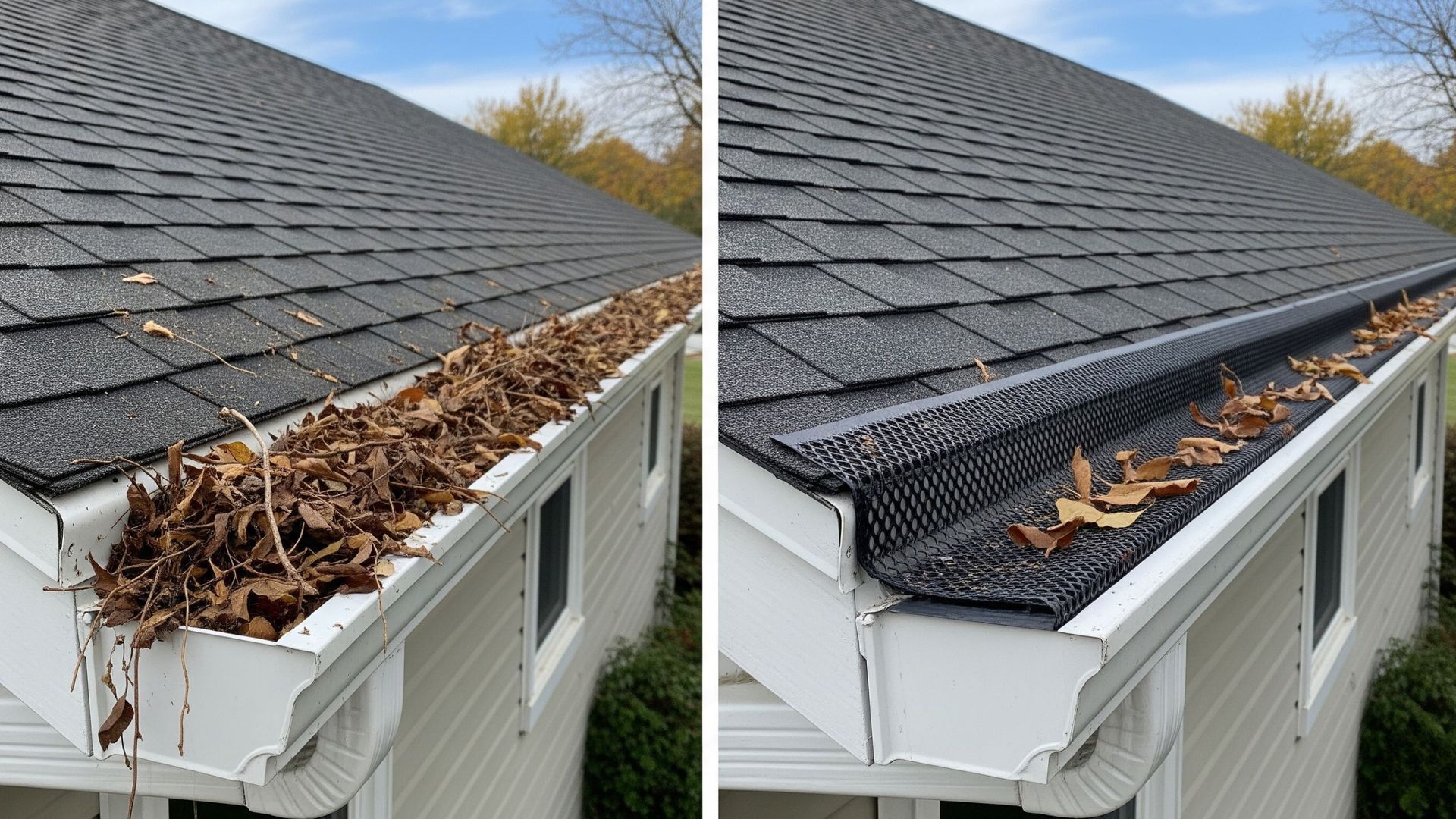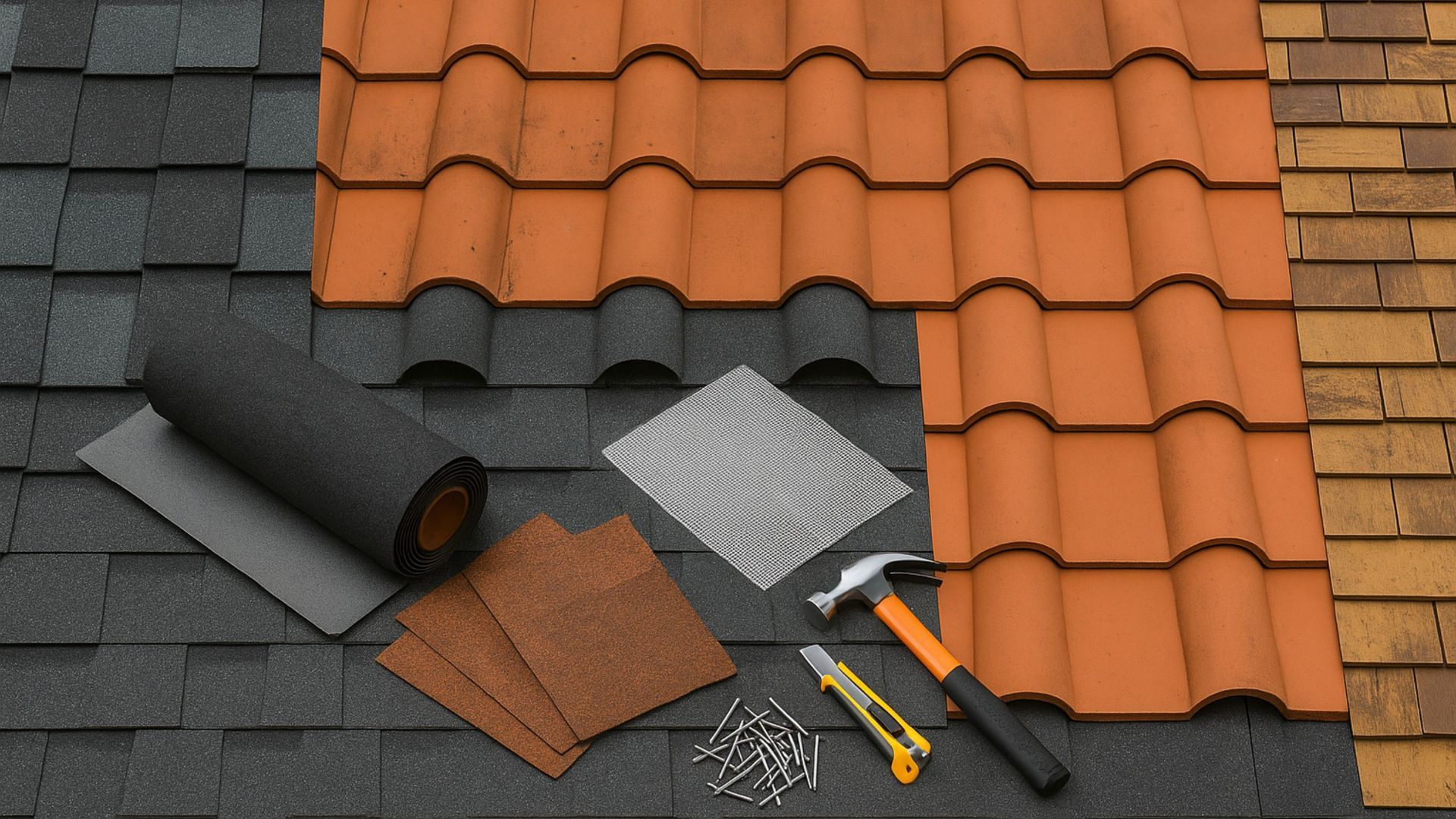What to Do If a Tree Falls on Your Roof
Clear Steps for Homeowners
Facing Storm Damage
Storm season can be unpredictable, and in places like Montgomery, Walker, San Jacinto, and Waller Counties, falling trees are a common risk during high winds and heavy rain. When a tree lands on your roof, it’s not just a mess — it’s a serious safety issue that requires immediate attention.
Knowing what to do in those first few moments makes a significant difference. This guide walks you through the steps to take if a tree falls on your roof, helping you protect your family, your home, and your peace of mind.
Step 1: Prioritize Safety First

If a tree hits your home, the most important thing is ensuring everyone inside is safe. The structure may be unstable, and it’s not always obvious how much damage has occurred.
What to do immediately:
- Move everyone out of rooms directly under the damage
- Leave the house entirely if the roof or ceiling looks like it might collapse
- Avoid touching or approaching any exposed wiring
- Stay away from broken glass or fallen debris inside
- If you see downed power lines or smell gas, call emergency services right away.
Step 2: Protect the Home From Further Damage
Once you know everyone is safe, your next concern is limiting additional damage. Water can enter quickly through a broken roof, especially if it’s still raining.
While it’s tempting to inspect the damage yourself, do not climb onto the roof or try to move tree limbs. This can be extremely dangerous — the structure may be compromised, and the tree could shift unexpectedly.
Professionals use special equipment to secure the area and prevent more water from entering until repairs can begin.
Step 3: Contact Your Insurance Provider
After the storm has passed and everyone is safe, notify your homeowners insurance provider. They’ll walk you through the claims process and explain what documentation is needed.
It helps to take photos — only if it’s safe to do so — of the tree, roof damage, and any interior water stains. This will support your claim and help speed up any coverage decisions.
Step 4: Schedule a Professional Roof Assessment

A licensed roofing professional can assess the full extent of the damage, including areas that may not be visible from the ground. They’ll check for:
- Roof structure damage
- Crushed gutters or eaves
- Holes or tears in the decking
- Water damage inside the attic or ceiling
- Signs of mold or insulation exposure
An experienced inspector can also provide written documentation that supports your insurance claim and helps you plan the next steps.
Step 5: Understand the Repair Process

Depending on the damage, your roof may need:
- Temporary tarping to prevent further leaks
- Shingle or structural repair
- Gutter replacement
- Full roof replacement
- Interior repair if water has reached ceilings, walls, or flooring
In some cases, tree damage also requires remodeling of interior spaces, especially if the impact was heavy or water entered multiple areas of the home.
Preventing Tree Damage in the Future

While storms can’t be stopped, a few simple steps can reduce your risk in the future:
- Trim tree limbs that hang over your home
- Remove dead or leaning trees near your property
- Clean and maintain your gutters regularly
- Schedule routine roof inspections to catch early wear and tear
Preventative care can help your roof hold up better — and give you peace of mind when the next storm rolls in.
